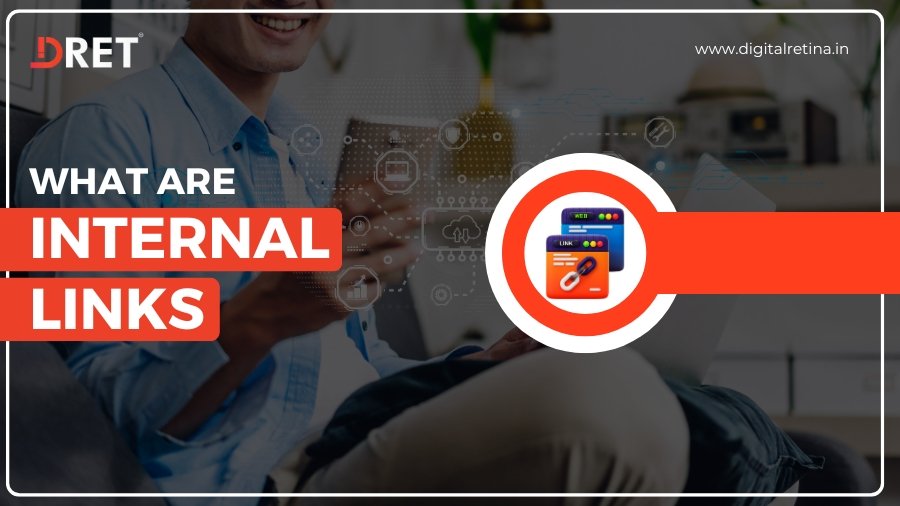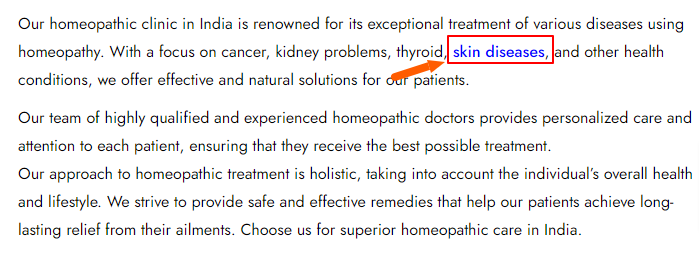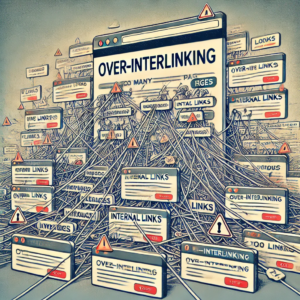
What Are Internal Links: Strategies & Best Practices?
- By digitalretina
- No Comments
- Post Views: 211

Internal links are a crucial component of any website’s structure and SEO strategy, alongside tools like sitemaps in SEO. They help not only in improving site navigation but also in boosting the overall SEO performance by distributing page authority throughout your site. This blog post will delve into what internal links are, and provide strategies and best practices for effectively using them, highlighting their synergy with sitemaps to optimize search engine visibility and site structure.
Understanding Internal Links
Internal links are hyperlinks that point to other pages within the same domain. These are different from external links, which direct users to different domains. Internal links help in creating a well-structured, interconnected site that enhances user experience and supports your website’s SEO.
Strategies for Effective Use of Internal Links
Logical Structure
Ensure that your internal links create a logical hierarchy that helps users easily navigate your site. Use broad categories and subcategories that are interlinked to provide a clear path through your content.
Link Placement
Place internal links where they seem most natural in the content, and ensure they are contextually relevant. The anchor text for the internal links should also be descriptive and relevant to the target page.

Use of Anchor Text
Optimize the anchor text to be descriptive and keyword-rich. This not only helps with SEO but also gives users and search engines a clear idea of the linked page’s topic.
Prioritize Important Pages
Focus your internal linking efforts on the most important pages, such as cornerstone content or pages you want to rank higher in search results. Providing more internal links to these pages will highlight their importance to search engines.
Best Practices for Internal Linking
Consistency is Key
What it means: This principle emphasizes the importance of maintaining a well-organized and error-free internal linking structure. Regularly checking for and repairing broken links ensures that all internal paths on the website are functional. Keeping your linking structure updated and consistent helps search engines crawl and index your website more effectively, which can improve your site’s SEO health and user experience.
Why it matters: Search engines use links to discover new web pages and to help determine how a page should rank. By maintaining a clean and orderly link structure, you help search engines understand and index your content more efficiently, leading to better visibility and potentially higher rankings.
Balance the Link Distribution
What it means: This practice involves distributing internal links strategically across your website. Important pages should receive more links, which signals to search engines that these pages are valuable, thereby boosting their authority and ranking potential. However, it’s crucial to avoid over-linking any single page, as this can spread page authority too thinly and diminish the impact of your internal links.
Why it matters: Balanced link distribution helps in evenly spreading the ‘link juice’ or authority throughout your website, which can enhance the SEO performance of multiple pages. This approach also ensures that no single page becomes a bottleneck of links, which could appear manipulative to search engines and users alike.
Avoid Over-Optimization

What it means: While using relevant keywords in anchor text (the clickable text in a hyperlink) is beneficial for SEO, excessively stuffing anchor text with keywords can be counterproductive and may lead to penalties from search engines. This practice is known as over-optimization.
Why it matters: Search engines, especially Google, have algorithms to detect over-optimization as it often signifies attempts to manipulate rankings. Natural and meaningful use of anchor text helps improve user experience and content relevance, which are key factors in SEO success.
Leverage Content Silos
What it means: Organizing your content into silos, or distinct thematic groups, can significantly enhance your SEO strategy. By linking related content within the same category or theme, you create a tightly-knit structure of information that is easier for users to navigate and for search engines to understand.
Why it matters: Content silos help establish your site as an authority on specific topics by clearly grouping related information together. This clarity can lead to better crawling efficiency by search engines and improved content relevancy, which is beneficial for SEO. Moreover, it enhances the user experience by making related content easily accessible, encouraging deeper engagement with your site.
Benefits of Internal Linking in SEO
Enhances User Experience: Effective internal linking helps users navigate your website more easily, allowing them to find relevant information quickly. This can increase the time they spend on your site, reduce bounce rates, and improve overall user satisfaction.
Improves Site Architecture: Internal links help organize and structure your content logically. This organized structure aids search engines in understanding the hierarchy and relationship between different pages, which can boost your site’s SEO.
Boosts Page Authority: By using internal links, you can spread link equity (or link juice) to less prominent pages from higher authority pages. This interlink strategy helps increase the SEO value of individual pages and improves their chances of ranking higher in search results.
Increases Page Views: With well-placed internal links, visitors are encouraged to explore additional content on your site. This not only increases page views but also exposes visitors to a broader range of your offerings, enhancing engagement.
Improves Indexing: Internal linking facilitates the search engines’ crawlability. When search engine bots visit your site, interlinks make it easier for them to find and index new pages, ensuring more of your site is visible in search engine results.
Keyword Optimization: By using relevant keywords in the anchor text of internal links, you can reinforce the topical relevance of linked pages. This helps search engines better understand the context of each page, enhancing its potential to rank for targeted keywords.
In conclusion
Internal links are not just a navigational tool but also a powerful SEO technique that can improve your site’s visibility and ranking. By following these strategies and best practices, you can ensure that your internal links contribute positively to your site’s structure and search engine performance. Remember, the goal is to enhance the user experience and guide visitors naturally through your website, while also optimizing for search engines.
Are you ready to harness the full potential of internal links to boost your website’s SEO? Contact our SEO company in Noida today to craft a tailored linking strategy that drives better rankings and improved user engagement.
digitalretina

Brand Architect's Growth Engineer


Comprehensive Guide to PPC Strategies: How to Make the Most of Your Paid Advertising

